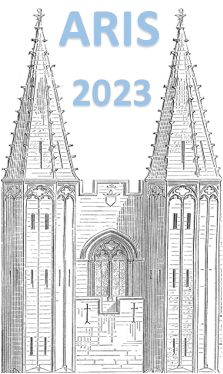Présidents de session
plenary 02
- Isao Tanihata (Osaka University)
The SPIRAL2 Phase 1 LINAC moved from project status to full operation on December 31st 2021, after the important milestone of acceleration of 45 A deuton beam at 40 MeV. Beams of protons and alpha particles were also accelerated. These beams were sent to the Neutron For Science (NFS) experimental cave. Two NFS campaigns have been performed with neutron beams in Fall 2021 and 2022. The S3...
An isolated system of four neutrons is studied in the SAMURAI experiment at the Radioactive-Ion Beam Factory at RIKEN [1]. The key reaction 8He(p,pα)4n in inverse kinematics populates the final state of four neutrons through a prompt quasi-free-scattering process close to 180 degrees in the p-α centre-of-mass frame. The resulting energy spectrum of the free 4n system reveals a distinct...
Owing to recent computational and methodological advances, ab-initio approaches in low-energy nuclear theory have been developed rapidly in recent years. As one of such approaches, the no-core Monte Carlo shell model (MCSM) is briefly introduced in this presentation. After verifying the capability of the no-core MCSM on actual computations, the alpha-cluster structure of light nuclei is...
The solenoidal-spectrometer technique developed at Argonne some 15 years ago in the form of HELIOS continues to evolve, adding new capabilities. A similar device has been recently installed at the Facility for Rare Isotope Beams (FRIB), called SOLARIS, for use with reaccelerated (ReA) beams. SOLARIS operates as a dual-mode spectrometer, both in a vacuum with position-sensitive silicon arrays...

